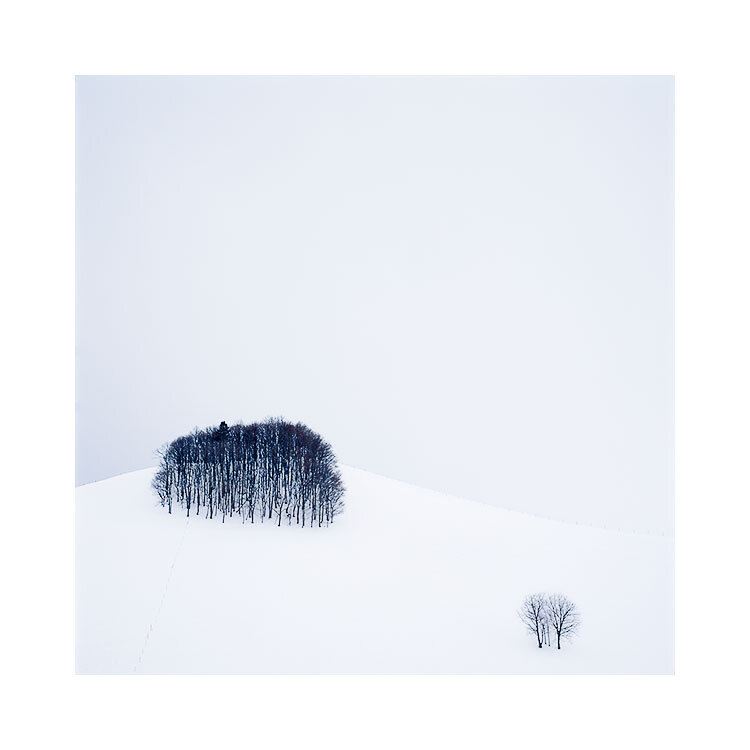In many creative roles, artists often have a sounding-board, another person who is able to look at the work they are creating and help them make sense of it, or perhaps help them iron out the rough edges.
If I were a novelist, then I would have a book editor to tell me where the story was weak, or needed more focus. if I were a song writer, I would have a producer to tell me where the song needed more structure, or perhaps to go straight to the chorus at the beginning of the song.
I remember listening to Nile Rodgers talking about working with David Bowie on the song ‘Let’s Dance’. He said to Bowie (I paraphrase) - “the song should start by going straight into the chorus. No verse, no intro - straight into the chorus”. He was right of course, but the thing was - Bowie needed someone else to tell him that. He was too close to his own work.
So as a photographer, who do you have as your sounding board? Who helps you make sense of what you create? or helps you iron out the difficult bits?
Or even more importantly: help you iron out the bits you didn’t know needed ironing out?
I think being a sole photographer can be a difficult role. Because you have to be the judge of your own work. That, is something that is extremely difficult to do. It’s why musicians have producers, and it’s why authors have editors.
I’ve often written on this blog that I need to distance myself from my own work in order to get some kind of objectivity to it. One way I do this is by leaving any recently made images for several weeks before I review and edit them. This is because it allows me to reduce any attachment or emotional bond that I created at the time of capture. I need to be able to look at the work honestly, and being too attached to it isn’t going to give me that view. As the saying goes ‘love is blind’.
But even this is not 100% effective. The moment I begin working on anything, an emotional bond starts to form. It’s a skilled artist who can be ‘outside of their work’ while still maintain a passion and connection to it.
So you really need to have someone else to talk to, to get reviews from. Or you need to be clever enough to listen to many views of your work and decide what is valid input and what isn’t. Amateurs tend to not have enough experience to know when any advice is any good, and are often easily swayed by other’s opinions. More experienced artists tend to know what they like and want, and so tend to be better at receiving advice and knowing which parts of it ‘resonate’ for them. To me, the key to good advice is this: if you feel you have some kind of epiphany, then that is often an indication of good advice. But it’s not so clear cut, and trying to figure out where you begin and end, and where someone else’s opinion is marring your own judgement takes experience.
But let’s step back a bit again. We all need a producer, someone who is able to mentor you, without trying to enforce their own aesthetics or values upon you.
And of course mentors vary in ability, and you may also find that an amazing mentor might not suit you at all. This is quite common in the music recording world. I have read many accounts of a famous band hiring in some mega-producer, only to find out that the relationship was counter-productive. Some artists have had albums that have been delayed for years because they went through a raft of different producers until they found the right one.
Needless to say, being a photographic artist is one of the lonelier artistic endeavours. Book writers have editors, musicians often have producers. Actors have directors. We in some way, only have ourselves.
If you can find someone who you feel helps you grow at what you’re doing, then that’s great. But it can be a difficult and long road not just to find that person, but to also have the insight and maturity to look at your work with honesty.















